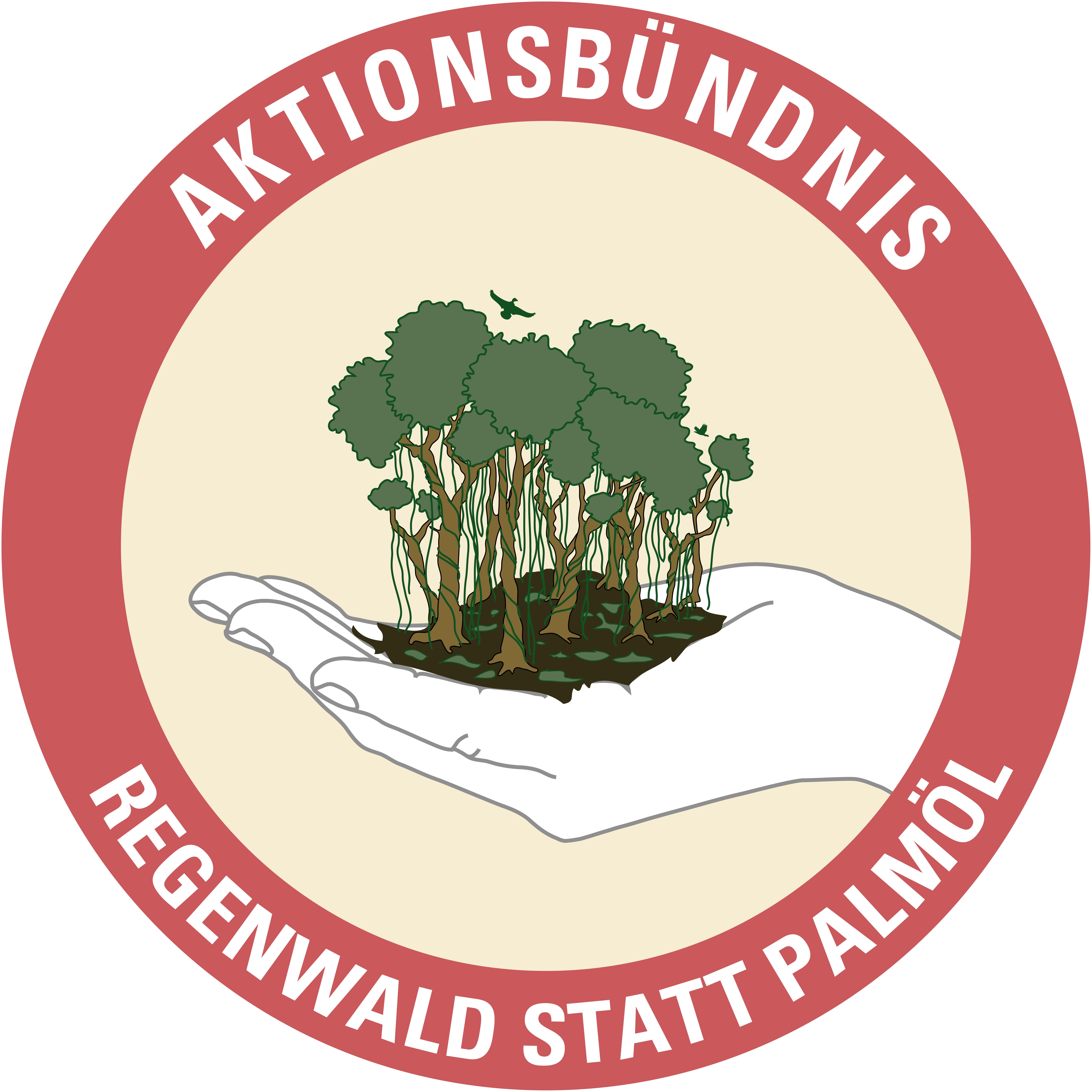Indonesia: Flood tragedy in Sumatra on account of road project
World Rainforest Movement – WRM Bulletin 77, December 2003
International Secretariat Maldonado 1858; Montevideo, Uruguay
E-Mail: wrm@wrm.org.uy
Web page: http://www.wrm.org.uyEditor: Ricardo Carrere
With more than a year into its construction, the controversial US$1.2 million Ladia Galaska road network project will link the west coast of Aceh with the eastern coast of northern Sumatra. Over 90 kilometers out of the planned 505-kilometer-long road cuts through the relatively pristine forest of the central highlands at the Leuser national park, and this would have notorious permanent negative impacts on the environment.
The debate around the project reignited when a huge flash flood on November 2, in Mount Leuser National Park, nearby North Sumatra province, took a toll of more than 150 dead and scores missing.
The government in Jakarta blamed illegal loggers for the flood. However, an investigation by the European Union-funded Leuser Management Unit has concluded that the floods were a result of landslides in the northern part of the park, which blocked the Bohorok River, causing it to finally burst, creating a flash flood. Critics of the road project charge it for the tragedy on the grounds that it has disrupted the Leuser park environment and is setting the stage for an even greater environmental disaster. There is also a feel that the Ladia Galaska project will accelerate the destruction of the last significant area of tropical forest on the island of Sumatra.
The Indonesian Forum on Environment (Walhi) is pursuing a lawsuit against Aceh governor Abdullah Puteh in relation to the construction of the highway and wants the project to be stopped. Yarrow Robertson, director of the Leuser Management Unit, has been studying the Leuser ecosystem for more than 20 years. He says a road planned through the national park to Bohorok, the site of the recent flood, as part of the Ladia Galaska project, would bring other problems too. It would speed up erosion on mountain slopes and cross more than 1,000 rivers and streams, he argues. Below it would lie 580 villages potentially facing landslides and other flooding catastrophes as a result. According to Robertson: „floods and landslides in Aceh and northern Sumatra will be 100 times worse if the Ladia Galaska highway is built“. He pointed out that since 1,000 rivers flow through the Leuser ecosystem, they are likely to flood annually, and if each time they killed 10 people, then 10,000 could die.
It may be wise to see through the alleged reasons for the works. The government of Aceh argues that the highway is needed to improve the economy of its isolated central highlands, which is connected to the rest of the province by one badly maintained road. However, environmentalists suggests that the highway, which failed an environmental impact assessment, could easily be replaced by a railway, which would not cause as much environmental damage by encroachment on the forest. Indeed, it appears that the road would benefit only few people, while water from the Leuser ecosystem sustains more than two million farmers.
Undoubtedly, logging activities will be enabled through easy access to the forest. There are also accusations that the government has backed the road because it will be a goldmine for local officials who can hand out building contracts to logging companies and a bonus to local mayors who approve logging permits. Also, several oil palm plantations adjacent to the projected route will benefit from the highway.
Government officials are still divided over the issue. While Forestry Minister M. Prakosa and State Minister for the Environment Nabiel Makarim have expressed opposition to the project, Minister of Settlement and Infrastructure Soenarno appears to be supportive, claiming that the road project would not increase illegal logging.
If the project were to be completed, the main beneficiaries would be a handful of people with power. At the receiving end, local peoples and their environment would have to bear the negative consequences: floods, landslides, forest, biodiversity and livelihood loss. There is still time to avoid this happening.
Article based on information from: „Road to Ruin“, Marianne Kearney, South China Morning Post, November 12, 2003; „Sumatra floods put spotlight on logging and road building“, Shawn Donnan and Taufan Hidayat, November 24, 2003; „Government told to reconsider road project in Leuser park“, Apriadi Gunawan and Muninggar Sri Saraswati, The Jakarta Post, November 12, 2003; sent by Watch Indonesia!, e-mail: watchindonesia@watchindonesia.org, Website: https://www.watchindonesia.de ; „Walhi pushes Ladia Galaska suit for environmental damage“, Nani Farida, The Jakarta Post, November 18, 2003, http://www.ecologyasia.com/NewsArchives/nov2003/thejakartapost.com_20031118_1.htm.







